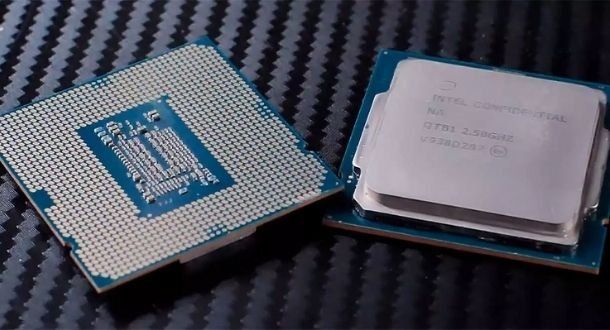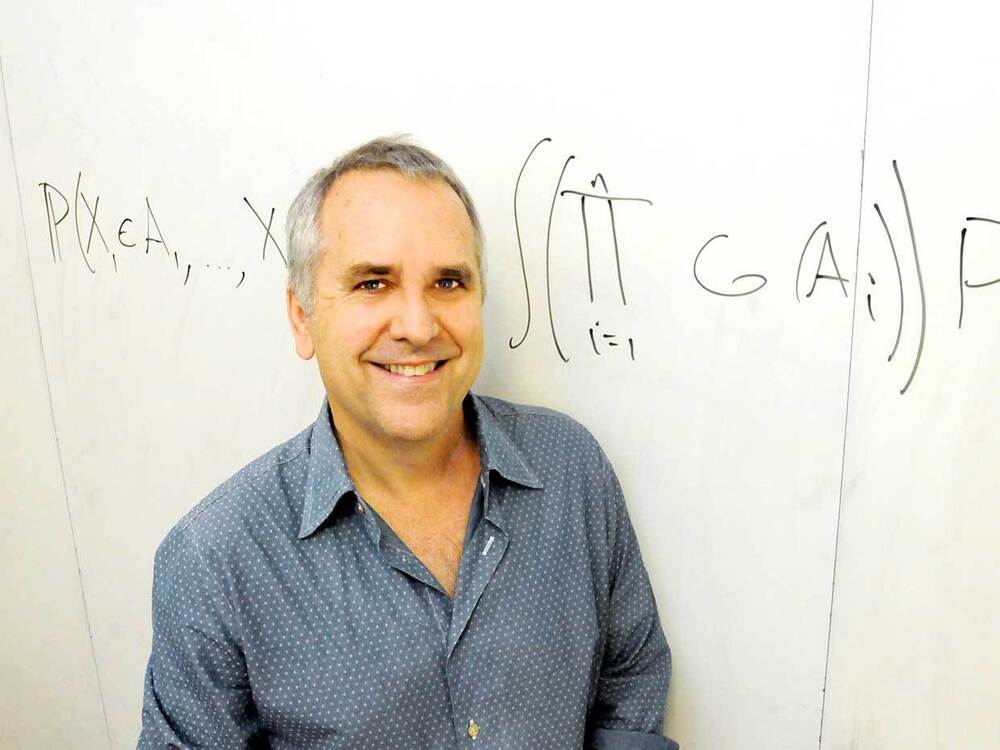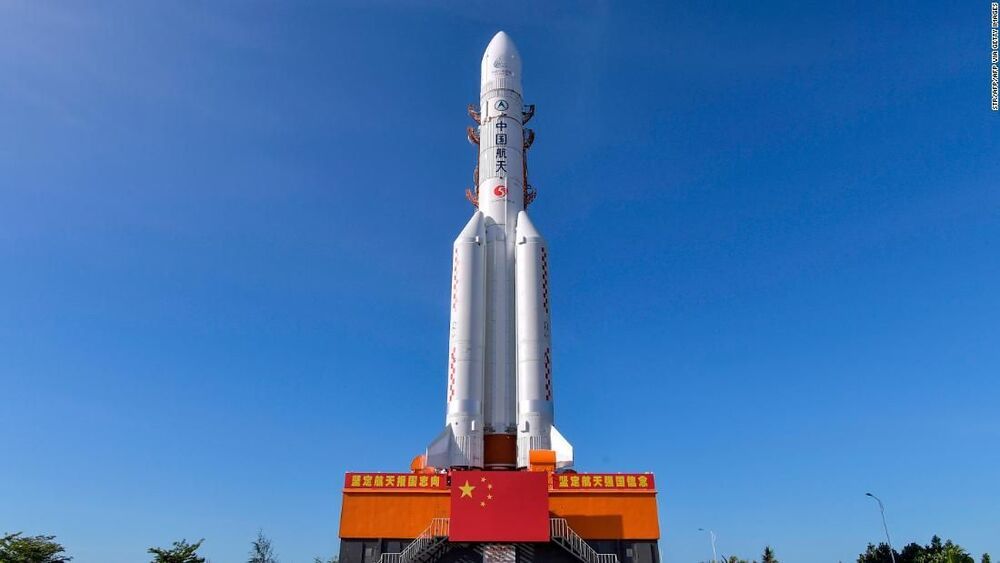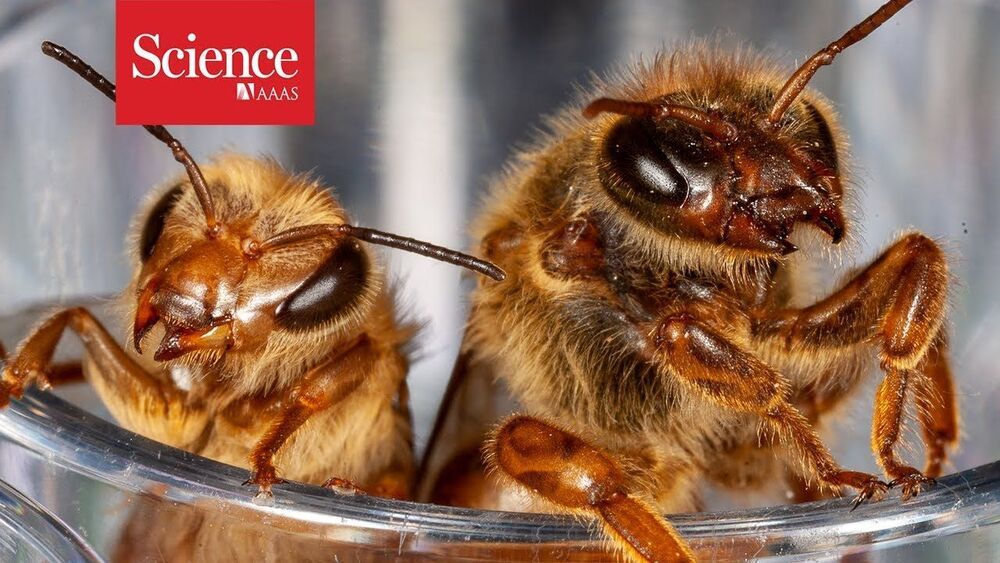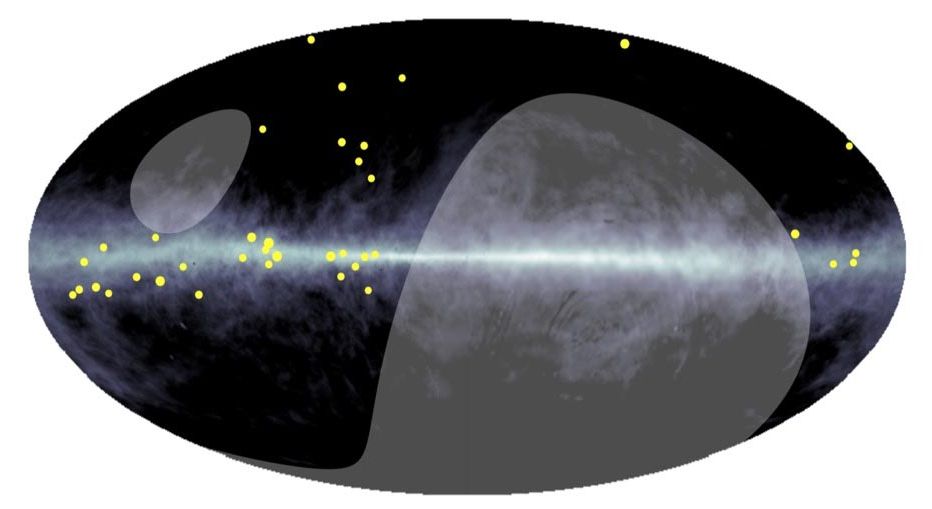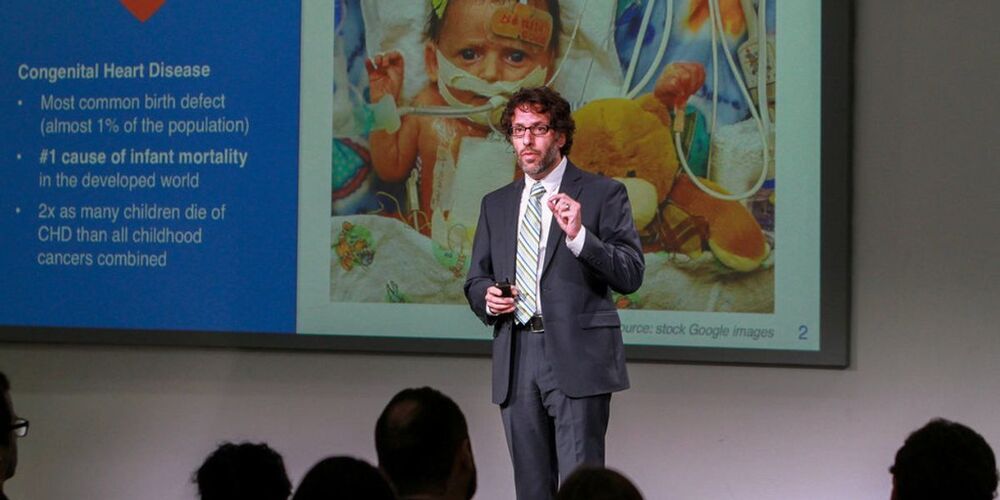Apr 3, 2021
533 million Facebook users’ phone numbers and personal data have been leaked online
Posted by Muhammad Furqan in category: cybercrime/malcode
A user in a low level hacking forum has published the phone numbers and personal data of hundreds of millions of Facebook users for free online.
The exposed data includes personal information of over 533 million Facebook users from 106 countries, including over 32 million records on users in the US, 11 million on users in the UK, and 6 million on users in India. It includes their phone numbers, Facebook IDs, full names, locations, birthdates, bios, and — in some cases — email addresses.
Insider reviewed a sample of the leaked data and verified several records by matching known Facebook users’ phone numbers with the IDs listed in the data set. We also verified records by testing email addresses from the data set in Facebook’s password reset feature, which can be used to partially reveal a user’s phone number.

